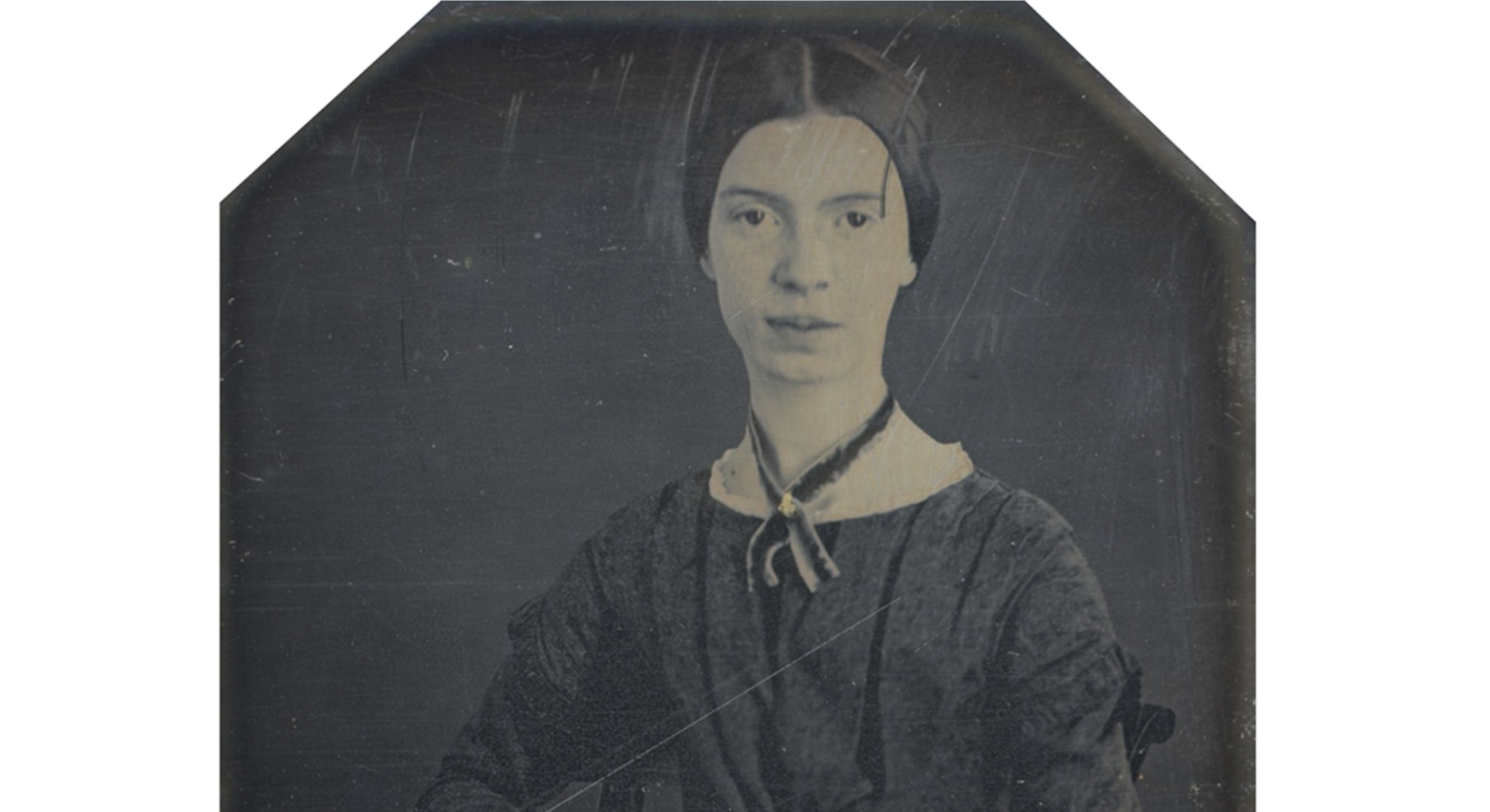Breakthroughs, Cures, and Ongoing Challenges at AIDS 2024
The International AIDS Conference in Munich, Germany was buzzing with the promise of hope for a viable cure.

The mood was noticeably upbeat at the 25th annual International AIDS Conference, held in Munich, Germany, last month. More than 10,000 delegates, speakers, researchers, and guests, representing science, industry, caregivers, policymakers, and on-the-ground advocates from nations around the world, gathered at the event, organized by the International AIDS Society.
The conference was buzzing with anticipation of an announcement touting breathtaking results from a recent trial of the twice-yearly PrEP injectable lenacapavir.
Also causing a stir was the heartening news of a cured patient in Berlin, joining the small brotherhood of other former HIV patients who had undergone high-risk stem cell transplants, designed to combat aggressive cancers and similar diseases.
A trio of cured patients were at the conference to share their uplifting stories of living HIV- and cancer-free, following procedures that had the dual effects of combating their illnesses, while eradicating HIV.
Over the course of a week, I attended several key sessions at AIDS 2024, including pre-conference panels on HIV Prevention hosted by Global Black Gay Men Connect, and the conference opening session, highlighted by a welcome address from German Chancellor Olaf Scholz.
Reaffirming his country’s commitment to funding HIV/AIDS treatment and research, Scholz reiterated the continuing need worldwide. “One person dies from AIDS every minute,” said Scholz. “One person every minute! That is something we must change. Our common goal is to end the AIDS epidemic by 2030. While we are making progress, there is still some way to go.”
Along with the U.S., France, and the U.K., Germany is among the largest donors to the Global Fund to Fight AIDS, Tuberculosis, and Malaria, noted Scholz. “And we will continue to support it,” he declared.
The chancellor’s remarks provided a fitting response to the opening session address that preceded his, by UNAIDS Executive Director Winnie Byanyima. In her speech, Byanyima called on world leaders — “I mean political leaders and business leaders” — to ensure that the work to end AIDS is fully resourced.
“Fund the frontline heroes gathered here today and all the HIV activists out there in the communities. Fund them,” Byanyima entreated. “And then, free developing countries from the stranglehold of debt. Free them.”
For a number of African nations, Byanyima noted, debt servicing constitutes more than 50% of all the government revenue that’s collected. “The choking debts must be restructured, and restructured now, so that governments can pay for the health of their people.”
Putting people first was, in fact, this year’s theme at the International AIDS Conference. That is, focusing on recognizing the human beings behind the numbers and statistics, and recognizing that amazing breakthroughs in treatment don’t matter if people can’t access or afford them.
Developed by pharmaceutical maker Gilead, the company behind once-daily PrEP tablet Truvada, lenacapavir is extremely expensive, priced in the thousands of dollars. That, however, didn’t dampen excitement surrounding the announcement of Gilead’s trial data.
Presented mid-conference by Linda-Gail Bekker, Director of the Desmond Tutu HIV Centre at the University of Cape Town, the results from the PURPOSE 1 trial of young women in South Africa and Uganda “confirm that lenacapavir demonstrated 100% efficacy for HIV prevention in cisgender women.” After a year, with the two injectable doses, not a single woman in the trial contracted HIV.
According to outgoing IAS President Dr. Sharon Lewin, in a statement on the results, “Twice-yearly lenacapavir for HIV prevention is a breakthrough advance with huge public health potential. If approved and delivered — rapidly, affordably, and equitably — to those who need or want it, this long-acting tool could help accelerate global progress in HIV prevention.”
Added Lewin, “Now we eagerly await results from PURPOSE 2, which is assessing twice-yearly lenacapavir for HIV prevention in other populations and countries.”
Gilead’s PURPOSE 2 trial, per a company press release, is assessing lenacapavir for PrEP among cisgender men who have sex with men, transgender men, transgender women, and gender non-binary individuals who have sex with partners assigned male at birth in Argentina, Brazil, Mexico, Peru, South Africa, Thailand, and the United States.
The company intends to include results from both PURPOSE 1 and PURPOSE 2 trials in its filing for regulatory approval. But what does Gilead intend to do about pricing?
Pharma manufacturers are notoriously cagey on the subject, as I personally witnessed in a GBGMC-hosted session where a rep from ViiV Healthcare inelegantly attempted to steer the discussion away from pricing by simply suggesting something else the panel might consider instead.
But people in nearly every session wanted to talk about pricing. “Gilead, I’m calling you, I know you’re in the room,” teased UNAIDS director Byanyima in her opening address.
“Gilead, you have a long-acting injectable called lenacapavir. I call it a miracle preventive tool,” Byanyima continued. “This could transform access for gay men, for trans people, for sex workers, for young women in Africa, who could be freed from stigma and fear of being attacked for being seen just swallowing tablets. But right now, Gilead, lenacapavir is priced for people in rich countries — this inequity never served us well in the HIV response. It didn’t!”
Calling on the company to license lenacapavir to generic manufacturers through the UN-backed Medicines Patent Pool, sooner rather than later, Byanyima concluded, “Don’t limit this miracle product to a few producers. The price will remain high and millions will be excluded.”
Access and pricing, funding, and getting the right resources to key populations remain leading challenges in fighting HIV/AIDS. And every one of those challenges is exacerbated by the stigma faced by people living with HIV and AIDS. Stigma fuels fear and hatred, discrimination and criminalization.

Fighting the stigma with facts — like the fact that U=U, and an undetectable HIV viral load means the virus is untransmittable — was a major motivation for many in attendance. Cured patient Marc Franke, also known as “the Düsseldorf Patient,” revealed at the conference that he was partly motivated to come forward with his story in order to help combat stigma.
“More exciting than finding a cure would be to fight against stigma, so HIV is not the worst disease that you can get,” As Franke explained to me. “Emotionally, it is the worst, because you can’t tell anyone about it. And if this would be easier, it would be much easier to fight against it.”
Franke, along with the London Patient, Adam Castillejo, and City of Hope Patient, Paul Edmonds — three of the seven cured individuals so far — headlined a pre-conference panel discussion on what it’s like to be cured of HIV.
Each of them, while living with HIV and suffering a severe form of cancer (in Franke’s case, it was acute myeloid leukemia), received a stem cell transplant from a donor with the rare genetic mutation that protects their cells from HIV. Matches for such a procedure are exceedingly rare, and these incredible positive outcomes are endangered by seemingly infinite potential complications.
Stem cell transplants are not a scalable cure strategy, warned Dr. Björn-Erik Ole Jensen, head of Franke’s medical team at University Hospital Düsseldorf, during another session.
Still, cured patients are living proof that something’s working. As Castillejo told the panel audience, “Being cured of HIV, for me, is very humbling, and gave me the hope to give people hope around the world.”
“If you compare each of the cured patients, there are small differences in all of these cases,” Franke told me. “And I hope that the scientists get together and find the right puzzle piece. What is really working for the cure? Because I think until now, no one knows exactly.”

And yet, everywhere, hope abounds. “I believe that a cure for HIV is possible, and I believe that it will happen. Not sure when,” cured patient Edmonds told me. “The stem cell transplants we had, because we had leukemia, and so we kind of didn’t have a lot of choices there. And they found us the donors with the mutation that prevents HIV.”
But, again, the procedure’s very risky, Edmonds pointed out. “It’s not for everyone at all,” he said. “But maybe it will help lead to genetic [advances] where they can replicate what’s happened with us, but without the stem cell transplant?”
A cure for anyone and everyone, or, perhaps, a vaccine? Edmonds believes so. “I have a vision of when HIV is no longer a sentence,” he said, “but a footnote in history.”
Support Metro Weekly’s Journalism
These are challenging times for news organizations. And yet it’s crucial we stay active and provide vital resources and information to both our local readers and the world. So won’t you please take a moment and consider supporting Metro Weekly with a membership? For as little as $5 a month, you can help ensure Metro Weekly magazine and MetroWeekly.com remain free, viable resources as we provide the best, most diverse, culturally-resonant LGBTQ coverage in both the D.C. region and around the world. Memberships come with exclusive perks and discounts, your own personal digital delivery of each week’s magazine (and an archive), access to our Member's Lounge when it launches this fall, and exclusive members-only items like Metro Weekly Membership Mugs and Tote Bags! Check out all our membership levels here and please join us today!























You must be logged in to post a comment.